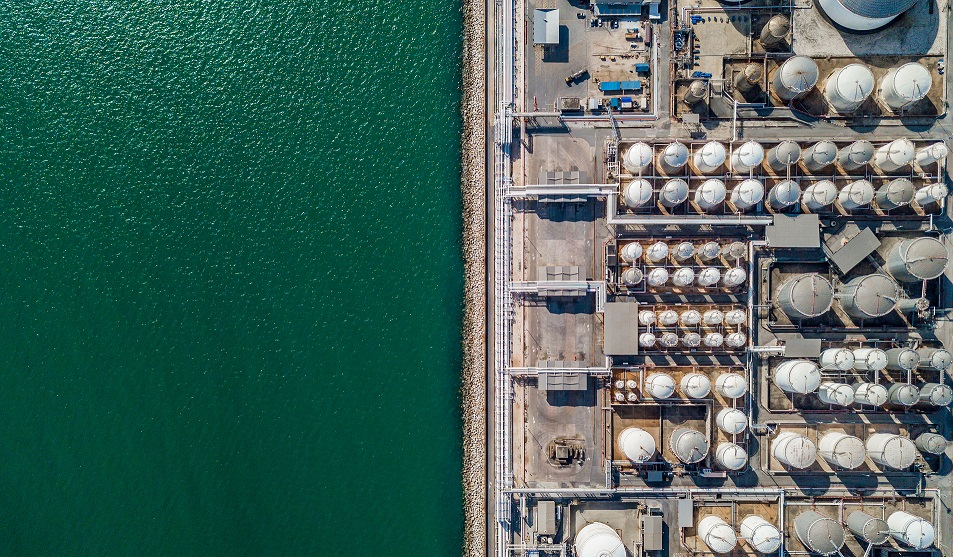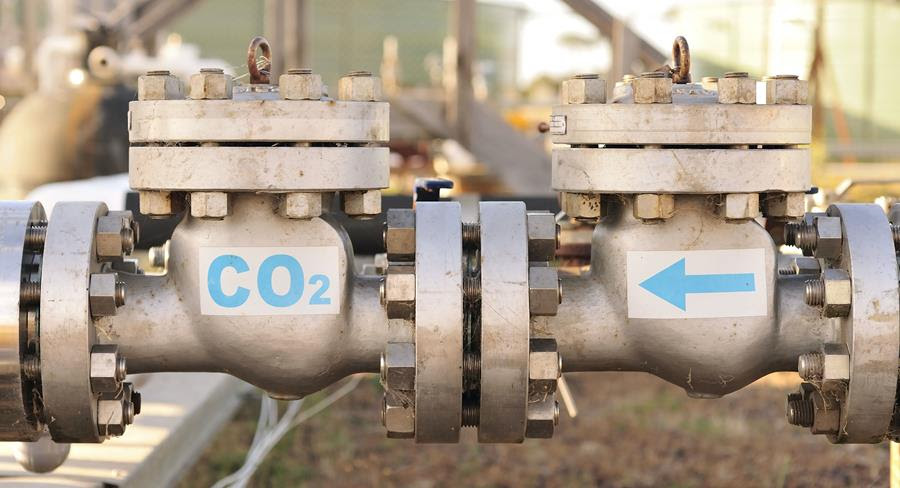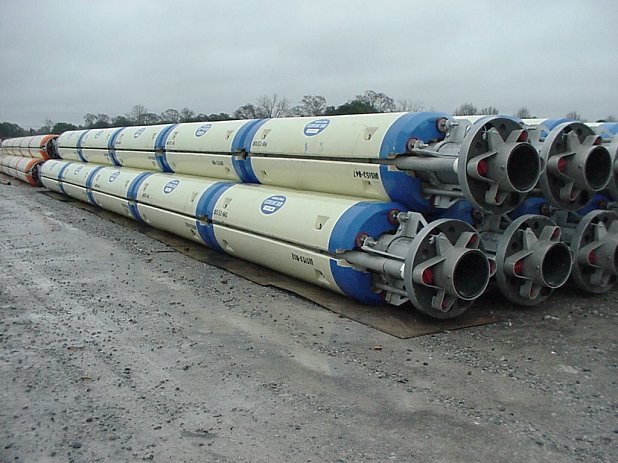Perth-based carbon geosequestration technology pioneer Sea-Quester Offshore has received an AUD$500,000 grant from the Western Australian Government to investigate emissions reduction options for Kwinana heavy industries.
Sea-Quester Offshore Pty Ltd (“Sea-Quester”) received the grant under the Carbon Innovation Grants Program managed by the Department of Water and Environmental Regulation. Sea-Quester will partner with Discover Geoscience and DORIS Group on the project.
If the feasibility study demonstrates offshore sequestration to be commercially viable and scalable, the implications for Western Australia and the nation will be far-reaching including:
- Assist Western Australia to achieve net zero emissions by 2050;
- Enable heavy industries within Western Trade Coast / Kwinana Industrial Area to avoid, and possibly eliminate emissions;
- Incentivise new investment and lead to the expansion of existing operations, creating new business and employment opportunities for Western Australians;
- Provide opportunities to implement similar open access geosequestration hubs around Australia and the world.
The feasibility study will evaluate the full sequestration value-chain, from onshore emitters (‘source’), onshore CO2 infrastructure and storage, offshore CO2 transportation and injection, and geosequestration in the South Perth Basin (‘sink’).
The Carbon Innovation Grants Program is part of the Western Australian Government’s $1.25 billion Climate Action Fund. The purpose of the fund is to build the capacity of heavy industry to transition to net zero emissions by 2050, in line with Government targets.
The Kwinana Industries Council estimates heavy industry in the area generates more than 7 million tonnes of CO2 annually.
Kwinana Industries Council Director Chris Oughton said the potential of the South Perth Basin as a permanent, safe and cost-effective geosequestration solution to carbon emissions from Kwinana industrial activity is hugely significant.
“Kwinana Industries Council members are committed to net zero carbon emissions,” Mr Oughton said. “The technical merits of carbon sequestration techniques, such as those under investigation for the South Perth Basin, could be a game-changing solution to the complex and challenging issue of emissions reduction for our members.”
If proved viable, sequestration could be expanded to the greater South West Industrial Corridor (Perth-Bunbury), in which many large heavy industries involved in power generation, mining and minerals processing emit approximately 14Mt CO2 each year.
Sea-Quester Managing Director Chris Merrick said offshore geosequestration of carbon into the South Perth Basin has the potential to store emissions from the South West Industrial Corridor for decades to come.
“Preliminary work by Geoscience Australia shows the South Perth Basin is highly prospective for the sequestration of massive volumes of CO2,” Mr Merrick said. “This study will pinpoint the specific areas within the basin where it’s prime for injection.”
Mr Merrick said while heavy industry is looking at how they capture emissions, currently there is no effective pathway to permanent, safe and cost-effective disposal at scale.
“Offshore geosequestration using the Sea-Quester Carbon Harvester vessel, in combination with the PivotreeTM seafloor mooring and injection technology, is the vital piece of the equation in the CO2 abatement supply chain.”
The feasibility study will:
- Determine the technical feasibility of the offshore South Perth Basin to be a regional geosequestration site for safe and permanent storage of industrial-scale volumes of CO2;
- Evaluate the technical, economic, and environmental feasibility of collecting and transporting CO2 emissions from the Kwinana Industrial Area for disposal into the offshore South Perth Basin;
- Determine if CO2 geosequestration in the offshore South Perth Basin is a commercially viable and scalable business proposition which would avoid and/or materially reduce current and future CO2 emissions from the Kwinana Industrial Area in line with Western Australia’s net zero ambitions.
Discover Geoscience, a leader in the field of geosequestration, will identify and quantify the most suitable locations for subsea injection for permanent carbon storage. DORIS will assess upstream elements of the value chain (carbon capture and onshore aggregation) as well as Carbon Harvester vessel engineering for the technical requirements of the project.
A quantitative comparison of the cost and risk of offshore pipelines versus the Sea-Quester technology will also be undertaken.
About Sea-Quester
Sea-Quester is a pioneering technology company specialising in offshore carbon capture, transport, and storage (CCS). Sea-Quester offers a transformative approach to carbon geosequestration, with a cost-effective and environmentally sustainable carbon reduction solution. The cutting-edge Sea-Quester system combines the PivotreeTM subsea mooring and production tree with the Carbon Harvester vessel to revolutionise offshore CCS technology. Sea-Quester is a low-cost, common user CO₂ disposal system that will transform industrial approaches to carbon management, allowing for rapid, flexible, and scalable deployment and permanent disposal of carbon emissions. Sea-Quester is accelerating industry towards net zero through our unique carbon sequestration solutions, services, and technology.





